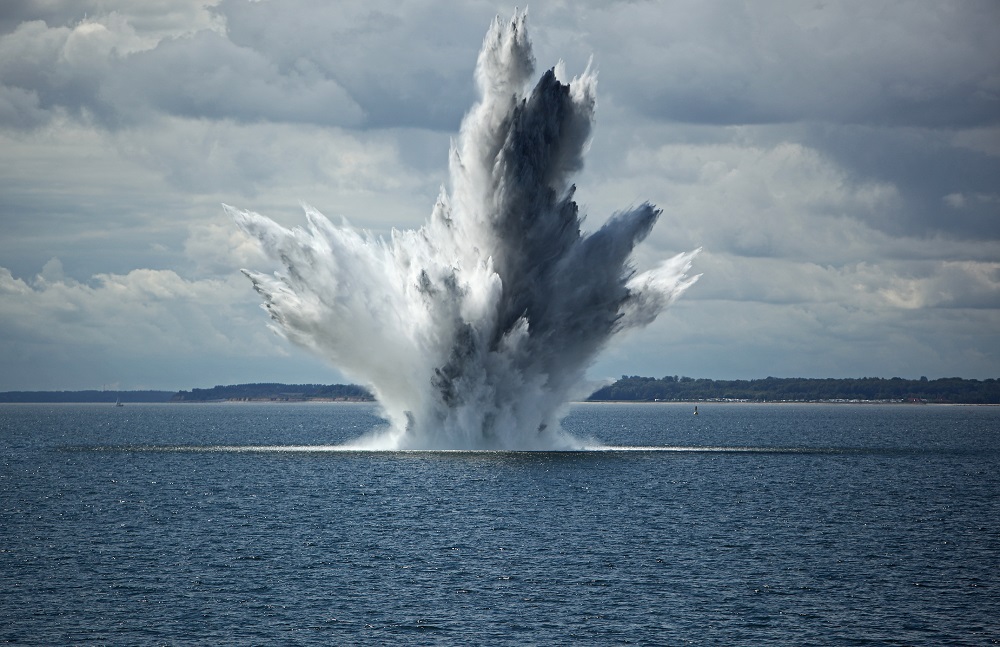Yes and no ..... A few things to consider:Interesting ASPI article regarding the potential procurement of modern sea mines for the RAN, and a high speed method of laying those sea mines.

ADF will need fast minelayers for its new ‘smart’ mines | The Strategist
Australia has made the long-overdue decision to arm its military with sophisticated sea mines. The surface combatant review now underway needs to consider the acquisition of at least two fast minelayers able to lay protective ...www.aspistrategist.org.au
I can very easily see an Austal, or Incat, passenger/vehicle ferry fitting that potential requirement.
A number of years back I was onboard an Austal high speed ferry (in the Greek Islands), and I can easily see the very large lower vehicle deck fitted out to carry and deploy a large number of sea mines, and then quickly move onto the next operational area, and so on.
Interesting...
- Operational Sea State limitations. This things lightly built for their impressive speed. Commerically they are subject to the High Speed Craft Code and they have sea state limitations. In commerial service they are require to be within 4 hours of a safe haven for PAX operations and 8 hours for cargo operations. The ones built for the military are based on the same code.
- Sustained speed. When the sea state gets up the speed of these vessels goes down. If the sea state gets higher that 5 then tunnel slam can become an issue and the vessel will have to slow down .... a lot. It would be better to have a vessel that can maintain a decent speed in higher sea states IMHO.
- Operating area. I expect the RAN would like a local and distant mine laying capability. I would not like to be the folk trying to use such a vessel to mine distant choke points. In local waters sure. For distant waters you needs some self defence capability (see below).
- Deadweight and uplift capacity. A lot of the big fast ferries have a low deadweight. The Austal Sea Frame that the LCS is based on has a deadweight of around 900 tonnes. This 900 tonnes covers all fuel, stores, weapons, people, their gear as well as cargo. To convert those to a vessel that operates beyond a fast ferry route you are going to have to add cabins and amenities as well as any weapons systems .............. as well as the mines. That 900 tonnes will disapear in a hurry noting these things need a lot of fuel.
- Damage resistance. These light weight aluminium vessels are not designed to take a hit. The use of lightly armed high speed vessels (even those built for the military) could be a easy kill (see links below). The self defence systems will need to be pretty good so you are starting to look at an LCS as opposed to to a fast ferry conversion if this vessel is intended to be used in contested waters (see above).
Missile Attack Destroys Ex-Navy Ship off Yemen (maritime-executive.com)
As an aside, I am not advocating for the purchase of LCS.
Not saying it won't happen as lots of folk are attracted by good looking locally built vessels ............... but it will be limited by the design of the vessel if a fast ferry derivative is selected
